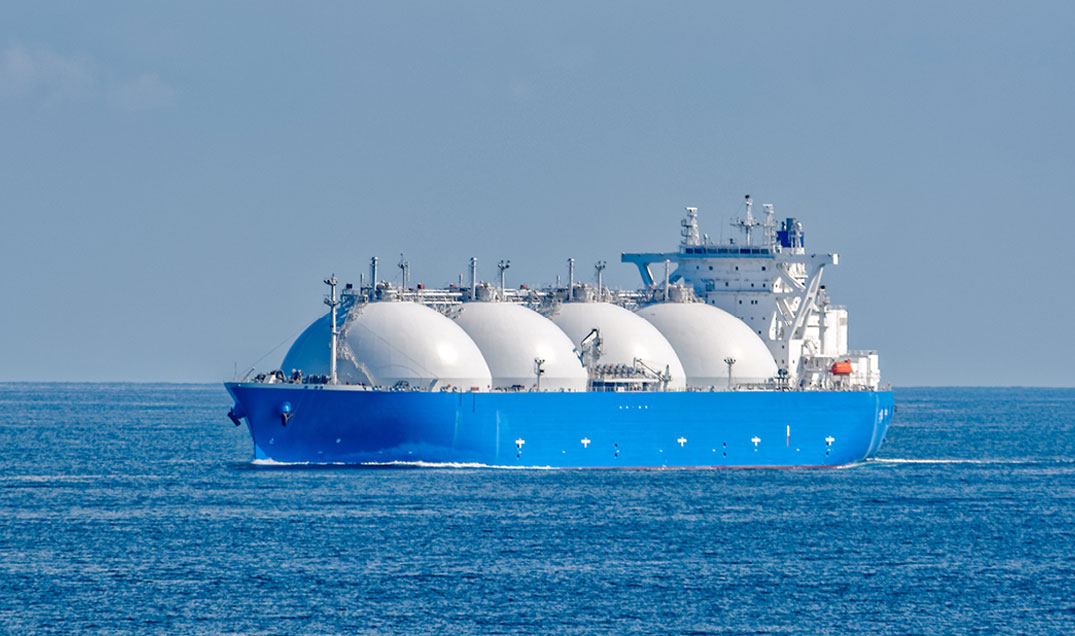
In the vast realm of industrial processes, where accuracy, efficiency, and safety rule operations, valves are quiet but essential fluid dynamics guardians. These well-made components, such as control gas, liquid, and steam, are often overlooked in industrial equipment. Industrial valves govern chemical flow in enormous petrochemical refineries, precision pharmaceutical manufacturing, subterranean pipelines, and space exploration, ensuring every system functions perfectly.
Bi-directional and cryogenic valves stand out among these industrial sentinels. Bi-directional valves, which allow fluid circulation in either direction, reduce pressure irregularities and boost operating efficiency by preventing leakage in either direction. Oil and gas, power production, and chemical processing need reversibility and flexibility, and their sturdy construction and sealing qualities make them essential across applications.
Normal materials become brittle at near-absolute zero temperatures, whereas cryogenic valves operate well. They enable space exploration, medical improvements, and energy storage, transfer and innovation by demonstrating human inventiveness in harsh conditions. In the ever-changing industrial landscape, these valves are lifelines that maintain operational integrity and technical superiority.
Bi-Directional Valves and Their Key Features
In the complex realm of industrial fluid management, bi-directional valves are paragons of technological excellence, ensuring smooth fluid conveyance in either direction with unrelenting accuracy and Tightness. Unlike traditional valves that restrict flow direction, these expertly designed valves show a dynamic reversibility that lets fluids flow both forward and backward with perfect control while blocking leakage from both upstream and/or downstream pressure. In sectors where flexibility and pressure balance are non-negotiable, their dual-flow capacity makes them absolutely essential.
Key Features
Dual Pressure Endurance
Bi-directional valves, meant to resist force from both sides, provide constant flow control by removing the dangers of pressure spikes.
Immaculate Sealing Integrity
Designed with high-performance sealing systems, they stop leaks and maintain total containment from both upstream and/or downstream pressure even in unstable settings.
Unfailing Durability
Constructed from robust materials, these valves exhibit remarkable resistance to corrosive chemicals, high temperatures, and mechanical wear, thriving in the most extreme industrial settings. Still the basis of fluid control, bi-directional valves are very adaptable, fostering efficiency and reliability in various industrial settings.
Industrial Applications of Bi-Directional Valves
Oil and Gas Pipelines
Bi-directional valves are essential in oil and gas transportation, where hydrocarbon flow determines economic and operational success. Their bidirectional flow allows complicated pipeline networks to adapt, eliminating maintenance and reversal downtime. Their sealing and pressure-handling properties make them vital energy distribution sentinels, whether controlling crude oil transit or natural gas flow. They help reduce the capex by eliminating certain valves, instruments and pipe fittings from system.
Water Treatment Plants
Bi-directional valves regulate flow in the complex labyrinth of water treatment facilities, where accuracy and dependability dictate purification. The efficient management of input and outflow ensures that treated water is supplied properly while preventing backflow. These valves allow smooth functioning in desalination facilities, wastewater treatment systems, and municipal water supply networks despite continual chemical, sediment, and pressure exposure. Bi-directional valves provide safe, drinkable water to industry and communities due to their sturdy design and excellent sealing integrity.
Power Generation
In high-pressure power plants, where steam, cooling water, and fuel flow determine energy efficiency, bi-directional valves provide operational stability. They smoothly carry vital fluids between boilers, condensers, and turbines because of their ability to withstand reversible flow in high-temperature conditions. These leak-proof, corrosion-resistant valves last in thermal power plants, nuclear facilities, and hydropower stations despite harsh environments. Bi-directional valves maintain energy infrastructure resilience as power production systems become more efficient and sustainable.
Pharmaceutical & Chemical Processing
Pharmaceutical and chemical industries need bi-directional valves to regulate every droplet of liquid or gas. Multi-directional flow control in high-purity applications makes these valves vital for mixing, sterilizing, and reactive chemical operations. Their resistance to hostile chemicals, severe temperatures, and sterile conditions ensures medication formulation, biological research, and industrial chemical synthesis integrity. Bi-directional valves empower precision-oriented industries with their excellent sealing technology and contamination-free operation.
Significance of Cryogenic Valves
Cryogenic valves are engineering wonders at ultra-low temperatures. Their presence is essential for safe storage, transport, and controlled release of cryogenic chemicals, when even a little material weakness might cause catastrophic failures.
Key Features
Extreme-cold material resilience
By using low-temperature alloys and sophisticated composites, cryogenic valves from top valve manufacturers can withstand extreme cryogenic temperatures without brittleness or cracks.
Contraction-related Gas Leak Prevention
They prevent the cryogenic shrinkage effect with careful engineering, assuring leak-proof operation.
Frost-Prevention Sealing Mechanisms
They prevent ice formation with wider bonnets and superior sealing technology, assuring uninterrupted operation.
These technical wonders are the foundations of aeronautical, energy, and medical innovation, helping mankind overcome the harshest conditions.
Applications of cryogenic valves
LNG transport and storage are efficient because of cryogenic valves' leak-proof integrity and pressure stability. These precision-engineered pieces protect the global energy supply system by transferring LNG, Ethylene between ships, terminals, and pipelines.Managing liquid hydrogen and oxygen, which fuel space travel in aircraft and rocket engines, requires cryogenic valves. Their great sealing and resilience to ultra-low temperatures provide exact combustion and propulsion for space flight. Cryogenic valves from the top valve manufacturers provide sterile, regulated settings to preserve life-saving drugs, vaccinations, and biological samples in medical and research institutions.
Finally, in industrial gas distribution, where oxygen, nitrogen, and argon fuel essential activities, these valves safely and efficiently flow ultra-cold gases, allowing healthcare and semiconductor production with unrivaled dependability.
Concluding Remarks
Both cryogenic and bi-directional valves are sophisticated, although they serve different but complementary purposes. Bi-directional valves enable pressure control and good sealing in oil and gas pipelines, water treatment facilities, and power plants. Aircraft, medical research, and industrial gas distribution need low thermal contraction materials to avoid freezing, leakage, and structural failure. Modern industry relies on bi-directional valves for fluid flexibility in high-pressure settings and cryogenic valves for precision handling in severe cold.